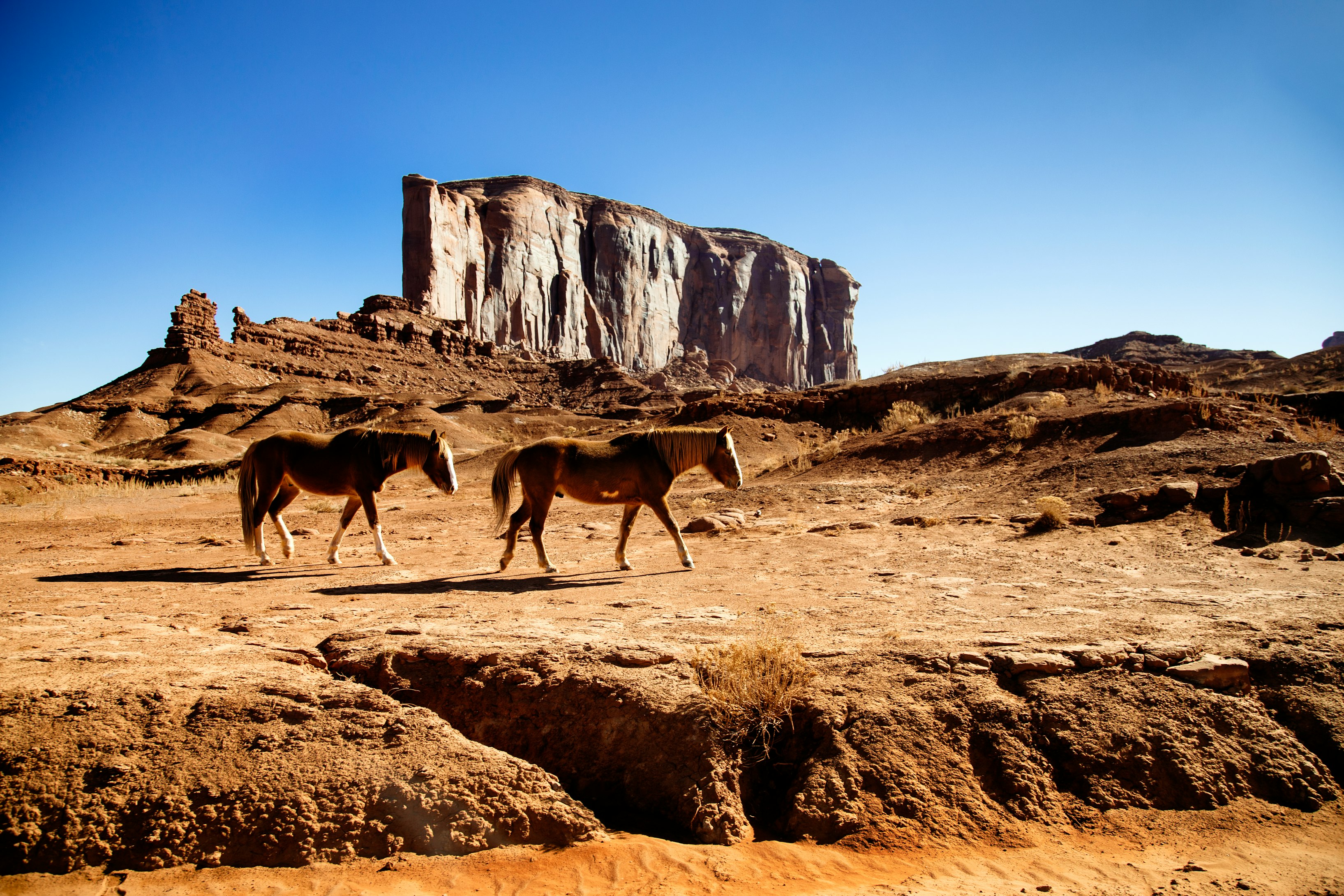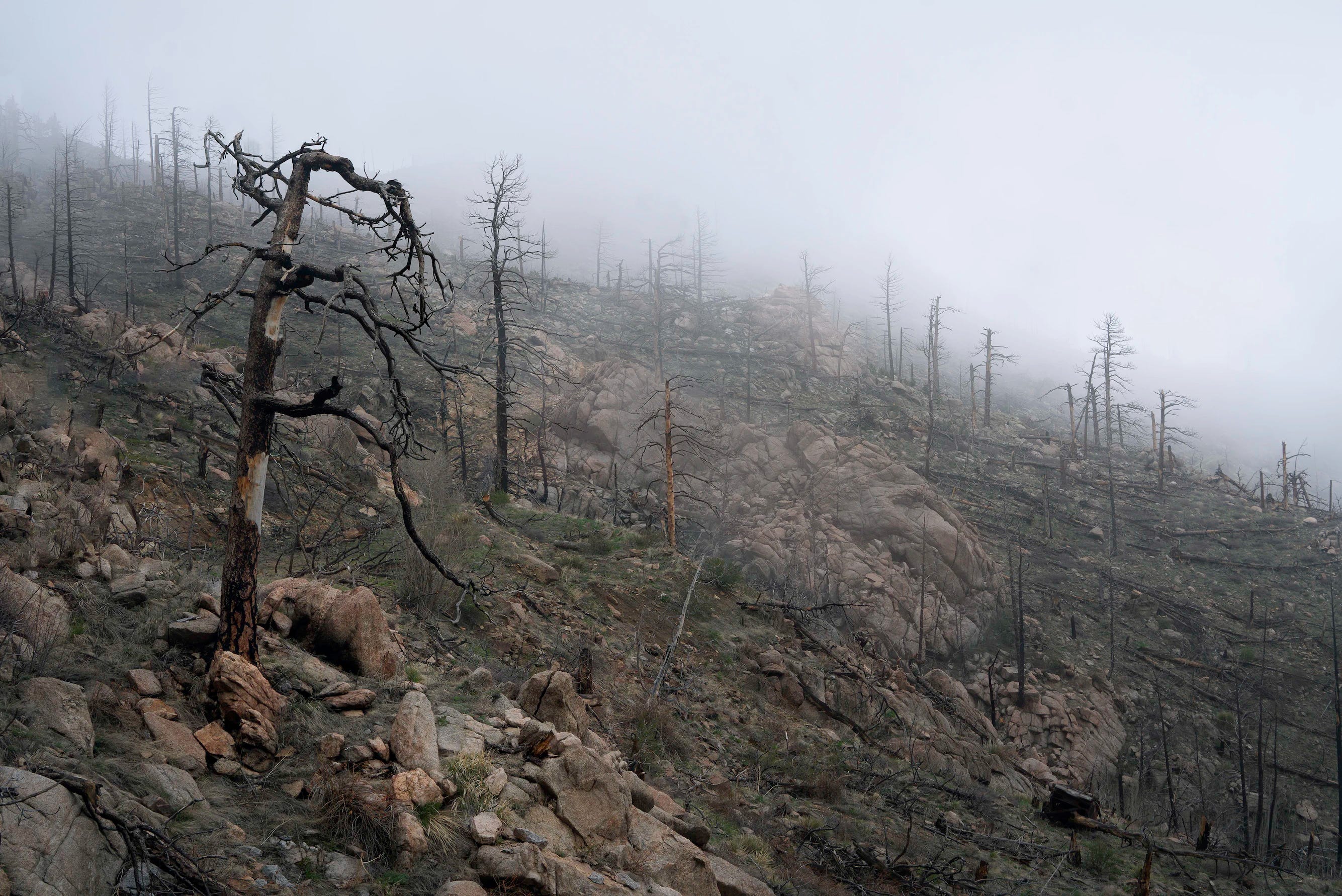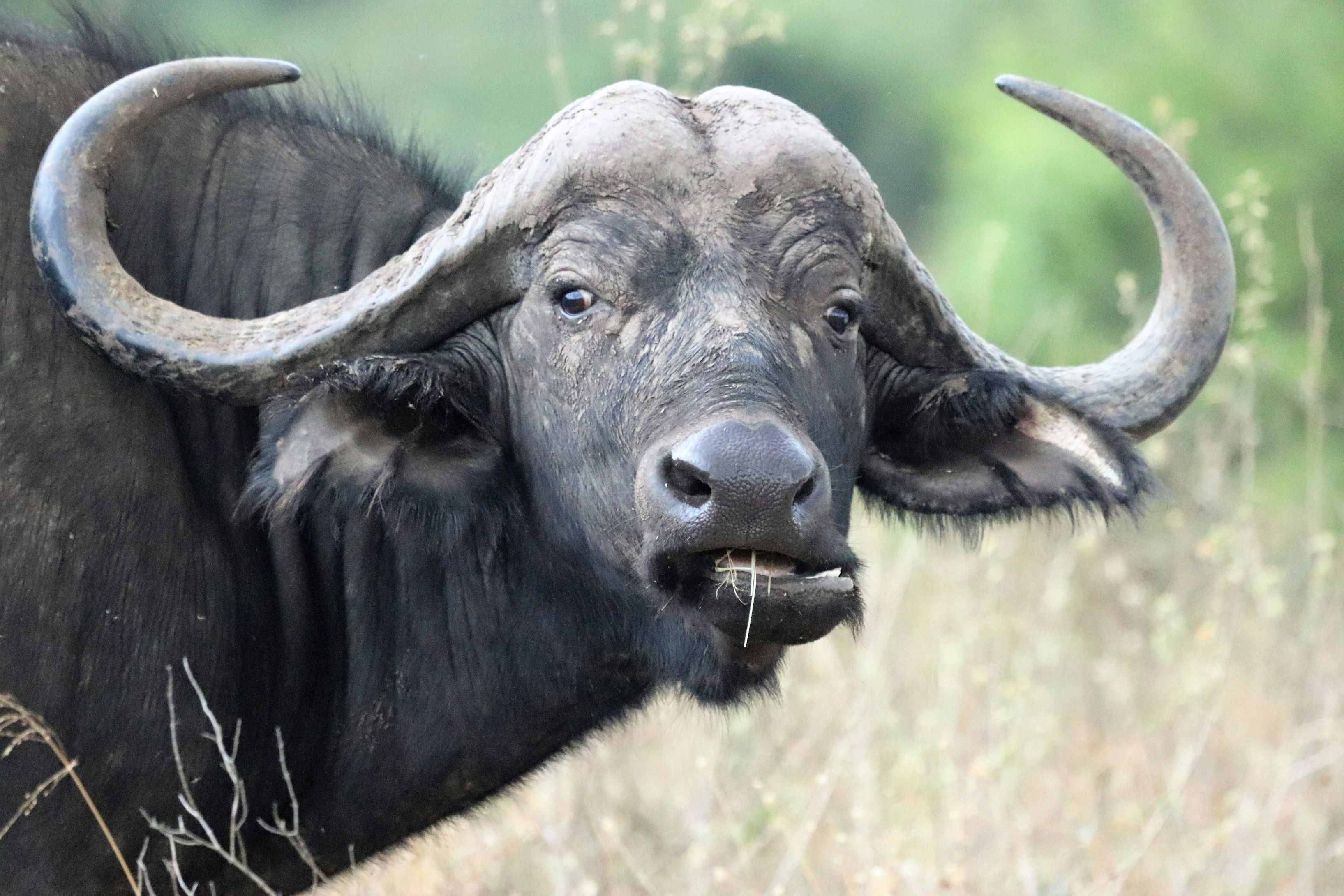Restoring Biodiversity - 8/1/2023
History of horses in America. Prescribed burn in New Mexico almost goes wrong. The role of ruminants in the environment. And more...
Thank you for subscribing to the Pitchstone Waters weekly newsletter.
Here is what we’ve been reading, watching and writing about this week…
Articles

The American Heritage of Wild Horses
As discussed in the article below, horses DID NOT arrive in the Americas around 1492: They were already there.
Horses evolved in the Americas; horses did not exist anywhere else before 17,000 years ago. Therefore, even under the bogus timelines and definitions of invasive species "biology", horses' presence in America before Columbus arrived in 1492 would make them "native". This, says the author, is the context in which wild horses should be managed.

US Forest Service Burn Started Wildfire That Nearly Reached Los Alamos, New Mexico, Agency Says
As reported below, another prescribed burn went out of control in New Mexico with very bad results. Plenty of folks are up in arms about how these burns are conducted, but none seem to question the “science” that justifies these fires in the first place.
Our friend Allan Savory – the noted ecologist, range and grazing expert, and father of Holistic Resource Management and Holistic Planned Grazing, had this comment about such fires:
“Chris, Interesting the article on “prescribed burns” to prevent mega-fires!
Aborigines used fire to manage Australia for over 50,000 years and are praised for those prescribed burns that led to the desertification of Australia! And now Australia is suffering mega-fires.
And Native Americans here used fire (like all humans we only had technology and fire) and again used it to prevent catastrophic fires which we now have.
We did it all my life and they still do in the Game Department and all government agencies in Zimbabwe and other countries in Africa – called “early burning” to prevent catastrophic fires and in every case it only increased biodiversity loss and global desertification and thus mega-fires.
As “scientists” they now call it “prescribed” i.e. determined by an institutional scientist. So do expect more mega-fires – not usually at the treated site but somewhere else as happens with ecological reactions.”
Videos

The Role of Ruminants in Environmental Health
An excellent video from the Savory Center for Holistic Management, in Zimbabwe.
The thinking described is largely missing from the management of our public ranges, forests, and national parks, even though ALL the physiological elements described apply within every environment.

Bears and Roosevelt Elk on Vancouver Island
Roosevelt’s Elk (Cervus canadensis roosevelti) – is the largest elk in body size – but not antler size – of all elk subspecies. Mature bulls weigh from 700-1200 lbs with very rare large bulls weighing more.
Roosevelt’s geographic range includes temperate rainforests of the Pacific Northwest, extending to parts of northern California. It was introduced to Alaska’s Afognak, Kodiak, and Raspberry Islands in 1928.
The desire to protect the Roosevelt elk was one of the primary forces behind the establishment of the Mount Olympus National Monument in 1909 by President Theodore Roosevelt, for whom it is named.
—
And that’s it - as always thank you..
if you haven’t already - please check out our views on biodiversity at https://pitchstonewaters.com/blog/
Please pass along, and if you if you received this from a friend - consider subscribing below.
